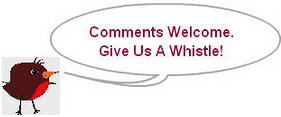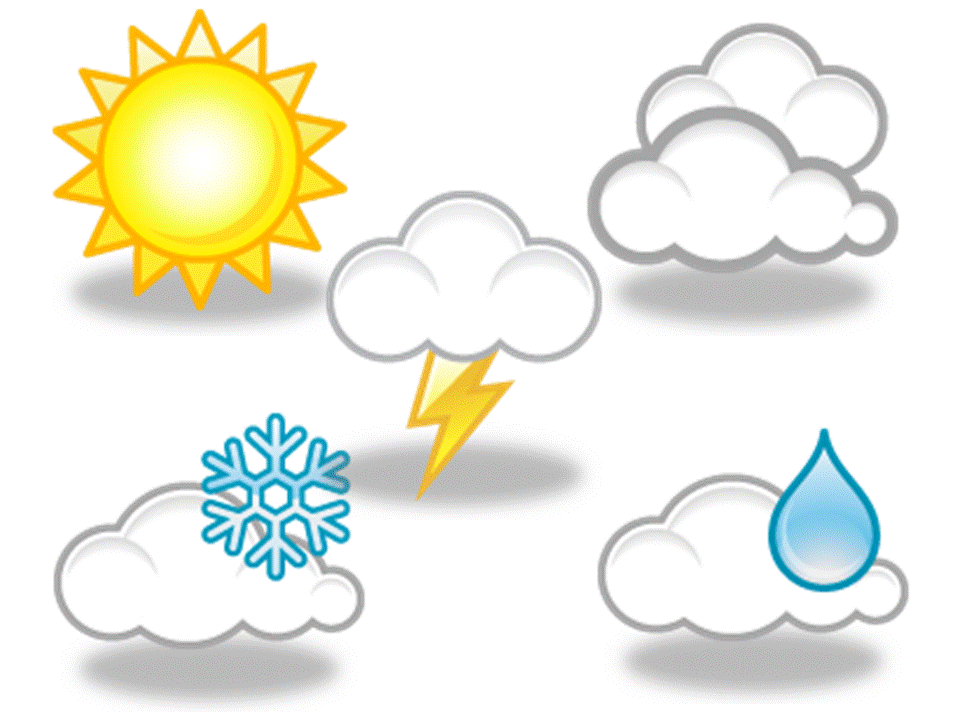
Proper ceiling insulation plays a vital role in maintaining a comfortable and efficient home. It regulates indoor temperatures, keeps energy costs manageable, and provides protection against external elements. But when insulation fails, it can lead to a string of household problems. Below, we’ll explore the most common signs your ceiling insulation is causing household problems and offer advice on how to tackle them.
Uneven Temperatures Throughout Your Home
A well-insulated home ensures consistent temperatures across rooms. However, if you notice certain areas of your home feel excessively cold in winter or too hot in summer, poor ceiling insulation could be the culprit. Damaged, compressed, or improperly installed insulation can create cold and hot zones, disrupting your home’s temperature balance.
This issue often forces heating or cooling systems to overwork, significantly affecting energy efficiency. If uneven temperatures become consistent, it’s time to inspect your insulation to make sure it’s operating as it should.
Skyrocketing Energy Bills
A steady increase in your energy bills without any changes in your household energy use is a red flag. Inefficient ceiling insulation lets heat escape during winter and invade your home during summer, causing your HVAC system to work significantly harder to maintain comfort.
This inefficiency directly translates to higher energy consumption and costs. Homeowners experiencing this should check their insulation and consider upgrading or repairing it to improve their home’s thermal efficiency.
Water Leaks and Water Stains
Water leaks and stains on your ceiling often signal that your insulation is trapping moisture instead of preventing it. Excess moisture can accumulate due to poor ventilation, roof damage, or failing vapor barriers in your insulation.
Over time, this buildup seeps through ceilings, causing unsightly stains or possibly dripping water. If not addressed promptly, this can lead to greater structural damage. Proper inspection and professional assessment are critical when water issues arise in relation to ceiling insulation.
Pest Infestations
Damaged or insufficient insulation creates an easy entryway for unwanted guests, such as mice, rats, or insects. Pests often nest in ceiling insulation that’s been broken or poorly maintained, which causes a host of household problems. The warmth and protection provided by compromised ceiling insulation make it an attractive refuge for critters.
If you’re spotting droppings, hearing scratching sounds, or finding nests, your ceiling insulation might be providing an open invitation. Repairing or replacing your insulation can keep pests at bay and protect your household.
Mold or Mildew Growth
When moisture infiltrates your insulation, it creates the perfect environment for mold or mildew to grow. Spotting black or green patches on your ceiling or experiencing a persistent musty smell are common signs of mold development.
Mold damages the integrity of your home and presents serious health risks to your family, especially for those with allergies or respiratory conditions. Proper ceiling insulation prevents moisture buildup and reduces the likelihood of mold growth.
Addressing ceiling insulation issues as they arise is essential to maintaining a safe, functional, and energy-efficient home. If you notice any of these warning signs, it’s critical to seek out professional advice and take swift action.
For further guidance, make sure to read through this homeowner’s guide to insulation, which covers everything you need to know about maintaining and upgrading your insulation. A comfortable home starts with effective insulation—don't wait for small issues to escalate into costly problems.
Bio: Casey is a passionate copyeditor highly motivated to provide compelling SEO content in the digital marketing space. Her expertise includes a vast range of industries from highly technical, consumer, and lifestyle-based, with an emphasis on attention to detail and readability.




















